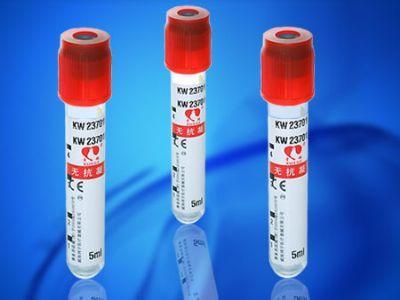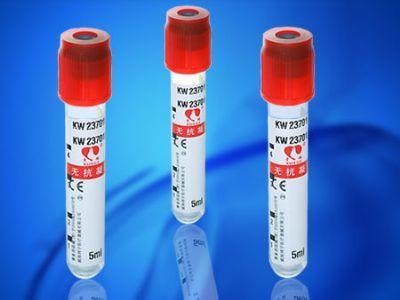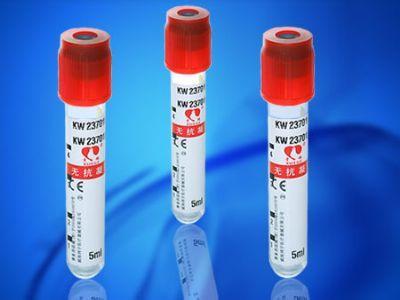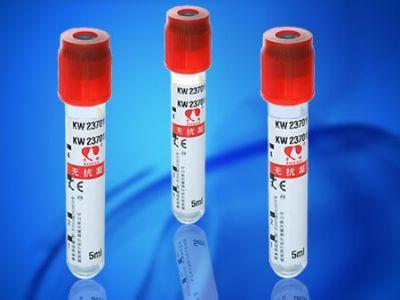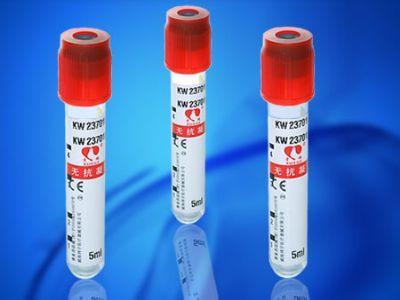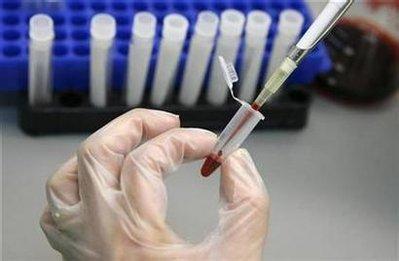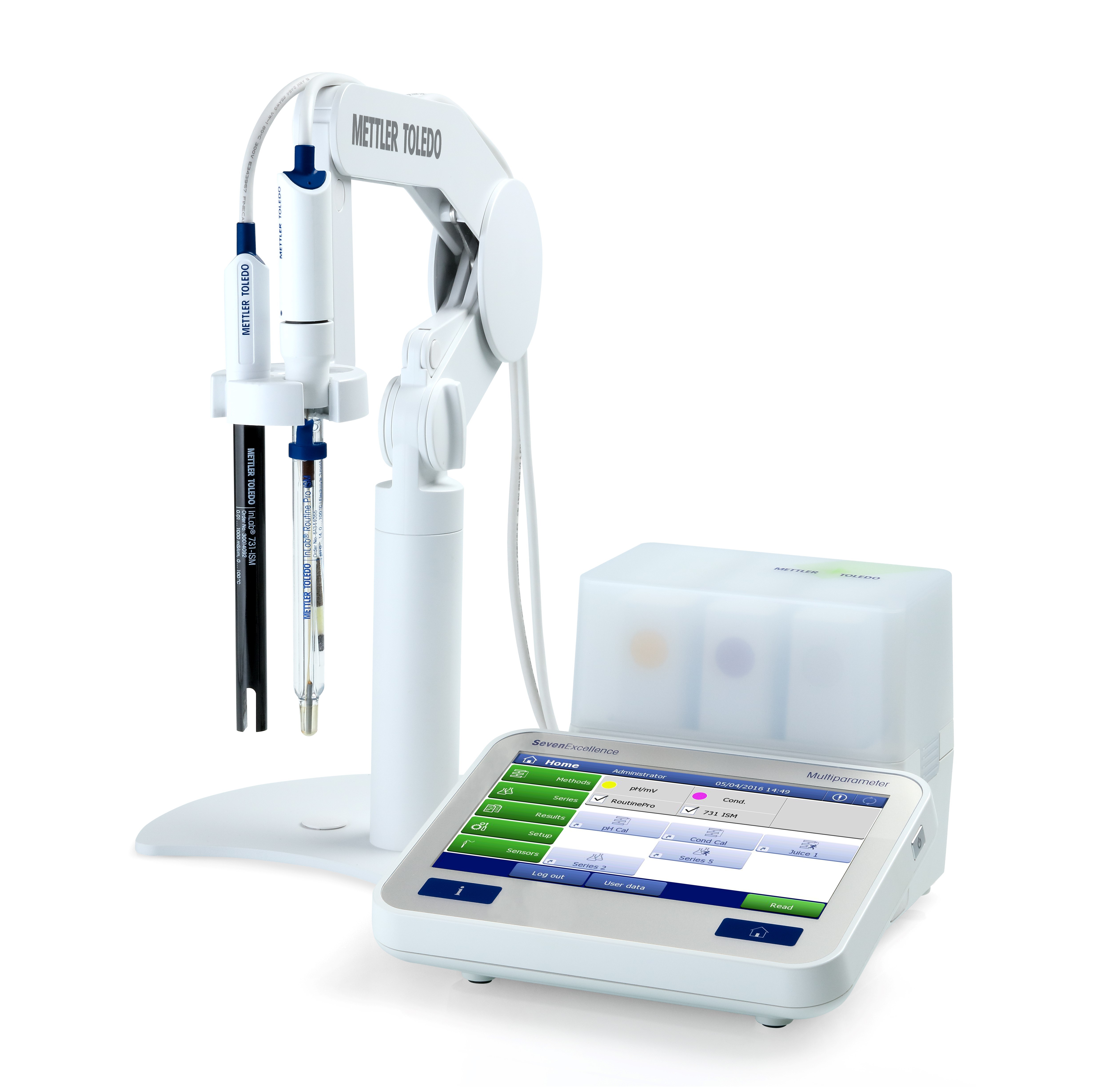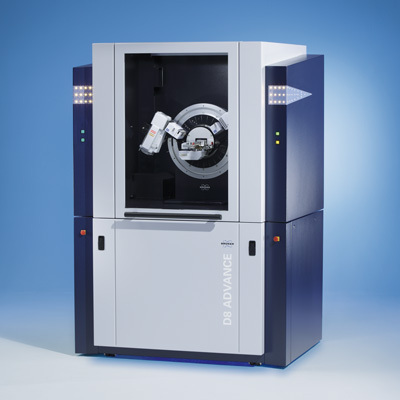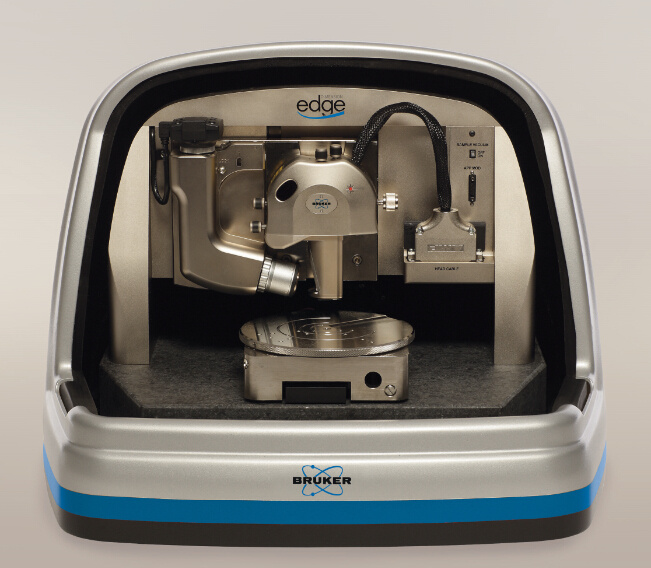英文名称 Anti-SMC1
中文名称 染色体结构维持蛋白1抗体
染色体结构维持蛋白1抗体别 名 CDLS2; SMC1; Segregation of mitotic chromosomes 1; Segregation of mitotic chromosomes like 1; SMC 1; SMC1A; SMC1alpha; SMC1alpha protein; DXS423E; KIAA0178; SB1.8; SMC1B; SMC1BETA; SMC1beta protein; SMC1L1; SMC1L2; SMCB; Structural maintenance of chromosome 1 like 1 protein; Structural maintenance of chromosome 1 like 2 protein; structural maintenance of chromosomes 1-like 2 (yeast); Structural maintenance of chromosomes 1A; Structural maintenance of chromosomes 1B; Structural Maintenance of Chromosomes-1 Like 1.
浓 度 1mg/1ml
规 格 0.2ml/200μg
抗体来源 Rabbit
克隆类型 polyclonal
交叉反应 Human, Mouse, Rat, Chicken, Dog, Pig, Cow, Rabbit
产品类型 一抗
研究领域 肿瘤 免疫学 染色质和核信号 转录调节因子
蛋白分子量 predicted molecular weight: 136kDa
性 状 Lyophilized or Liquid
免 疫 原 KLH conjugated synthetic peptide derived from human SMC1(147-197aa)
亚 型 IgG
纯化方法 affinity purified by Protein A
储 存 液 0.01M PBS, pH 7.4 with 10 mg/ml BSA and 0.1% Sodium azide
染色体结构维持蛋白1抗体产品应用 WB=1:100-500 ELISA=1:500-1000 IP=1:20-100 IHC-P=1:100-500 IHC-F=1:100-500 IF=1:100-500
(石蜡切片需做抗原修复)
not yet tested in other applications.
optimal dilutions/concentrations should be determined by the end user.
保存条件 Store at -20 °C for one year. Avoid repeated freeze/thaw cycles. The lyophilized antibody is stable at room temperature for at least one month and for greater than a year when kept at -20°C. When reconstituted in sterile pH 7.4 0.01M PBS or diluent of antibody the antibody is stable for at least two weeks at 2-4 °C.
Important Note This product as supplied is intended for research use only, not for use in human, therapeutic or diagnostic applications.
产品介绍 Structural Maintenance of Chromosomes (SMC) family proteins play critical roles in various nuclear events that require structural changes of chromosomes, including mitotic chromosome organization, DNA recombination and repair and global transcriptional repression. The chromosome proteins are conserved in eukaryotes and can lead to mitotic chromosome segregation defects, suggesting a critical function of SMC family proteins in mitotic chromosome dynamics. SMC1 and SMC3 form a heterodimeric complex required for metaphase progression in mitotic cells. Specifically this SMC1/SMC3 complex is responsible for sister chromatid cohesion during metaphase. A number of cellular factors interact with hSMC1/hSMC3 during cell cycle. The major population of hSMC1/hSMC3 is in a compex with hRAD21 forming the human cohesion complex. Human cohesion complex associates with chromosomes which peaks at S phase and dissociates from chromosomes during G2/M transition. In addition, a subpopulation of hSMC1/hSMC3 associates tightly with nuclear matrix and centrosomes during interphase. A subset of hSMC1/hSMC3 is localized to spindle poles, spindles and kinetochores during mitosis when cohesin is in the cytoplasm. hSMC1/hSMC3 is required for spindle aster formation in vitro and reacts with nuclear mitotic apparatus protein in vivo.
Function : Involved in chromosome cohesion during cell cycle and in DNA repair. Central component of cohesin complex. The cohesion complex is required for the 染色体结构维持蛋白1抗体cohesion of sister chromatids after DNA replication. The cohesin complex apparently forms a large proteinaceous ring within which sister chromatids can be trapped. At anaphase, the complex is cleaved and dissociates from chromatin, allowing sister chromatids to segregate. The cohesin complex may also play a role in spindle pole assembly during mitosis. Involved in DNA repair via its interaction with BRCA1 and its related phosphorylation by ATM, or via its phosphorylation by ATR. Works as a downstream effector both in the ATM/NBS1 branch and in the ATR/MSH2 branch of S-phase checkpoint.
Subunit : Interacts with POLE. Interacts with SYCP2. Interacts with BRCA1. Found in a complex with CDCA5, SMC3 and RAD21, PDS5A/APRIN and PDS5B/SCC-112 (By similarity). Forms a heterodimer with SMC3 in cohesin complexes. Cohesin complexes are composed of the SMC1 (SMC1A or SMC1B) and SMC3 heterodimer attached via their hinge domain, RAD21 which link them, and one STAG protein (STAG1, STAG2 or STAG3), which interacts with RAD21. In germ cell cohesion complexes, SMC1A is mutually exclusive with SMC1B. Interacts with BRCA1. Interacts with NDC80.
Subcellular Location : Nucleus. Chromosome. Chromosome, centromere, kinetochore. Note=Associates with chromatin. Before prophase it is scattered along chromosome arms. During prophase, most of cohesion complexes dissociate from chromatin probably because of phosphorylation by PLK, except at centromeres, where cohesion complexes remain. At anaphase, the RAD21 subunit of the cohesion complex is cleaved, leading to the dissociation of the complex from chromosomes, allowing chromosome separation. In germ cells, cohesion complex dissociates from chromatin at prophase I, and may be replaced by a meiosis-specific cohesin complex. The phosphorylated form on Ser-957 and Ser-966 associates with chromatin during G1/S/G2 phases but not during M phase, suggesting that phosphorylation does not regulate cohesin function. Integral component of the functional centromere-kinetochore complex at the kinetochore region during mitosis.
Post-translational modifications : Phosphorylated by ATM upon ionizing radiation in a NBS1-dependent manner. Phosphorylated by ATR upon DNA methylation in a MSH2/MSH6-dependent manner. Phosphorylation of Ser-957 and Ser-966 activates it and is required for S-phase checkpoint activation.
DISEASE : Defects in SMC1A are the cause of Cornelia de Lange syndrome type 2 (CDLS2) [MIM:300590]; also known as Cornelia de Lange syndrome X-linked. CDLS is a clinically heterogeneous developmental disorder associated with malformations affecting multiple systems. CDLS is characterized by facial dysmorphisms, abnormal hands and feet, growth delay, cognitive retardation and various other malformations including gastroesophageal dysfunction and cardiac, ophthalmologic and genitourinary anomalies.
Similarity : Belongs to the SMC family. SMC1 subfamily.
![]()



